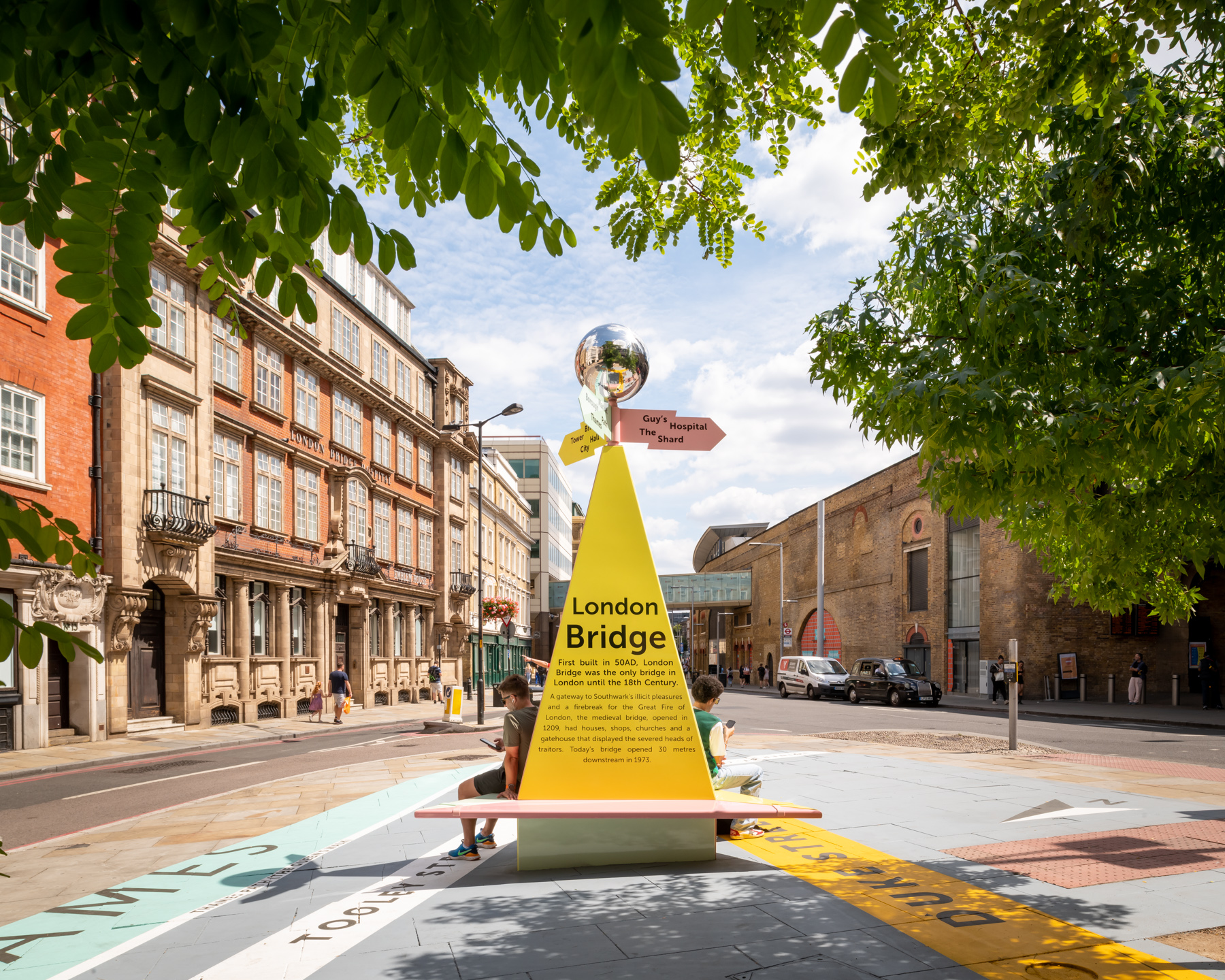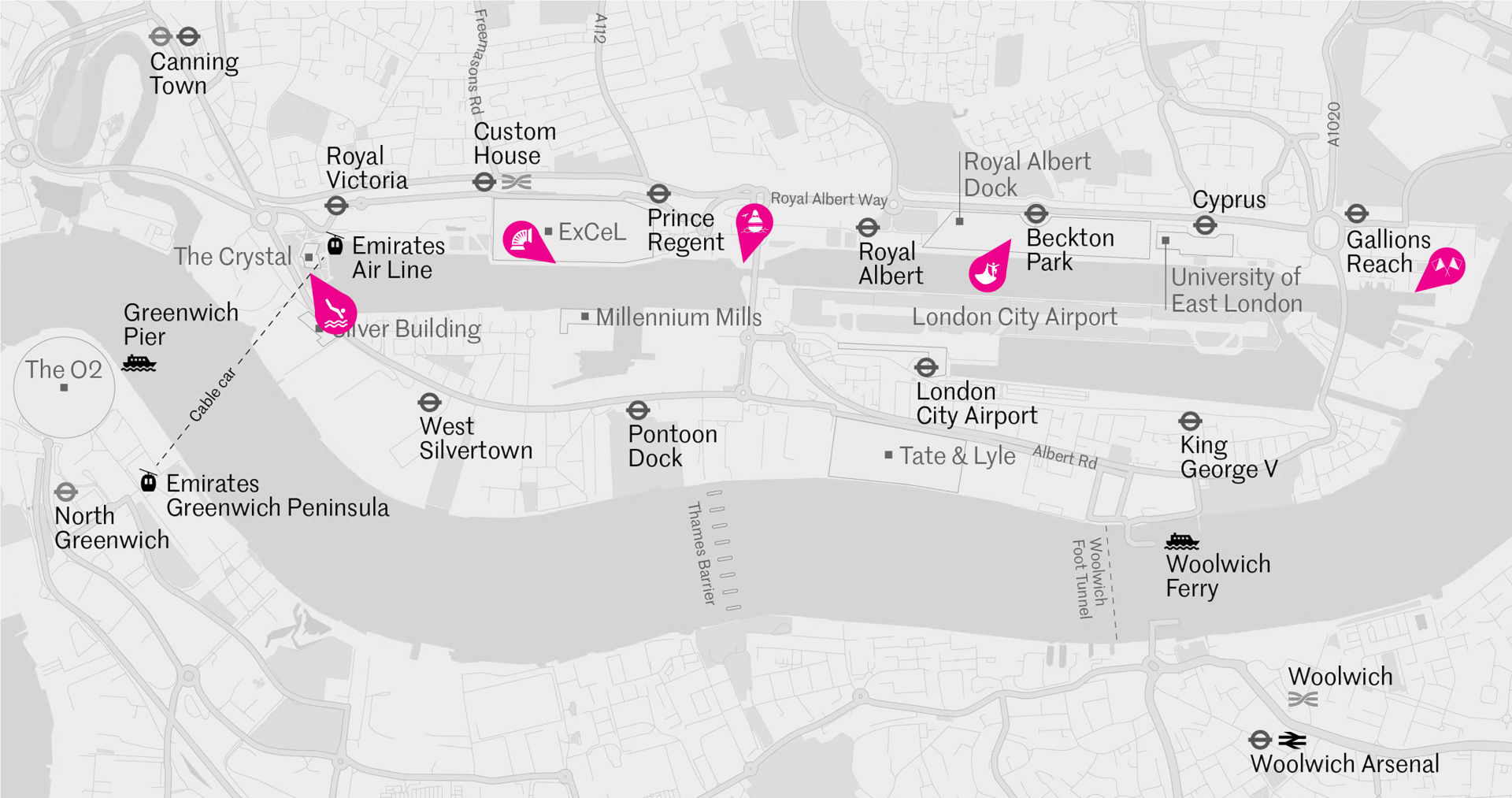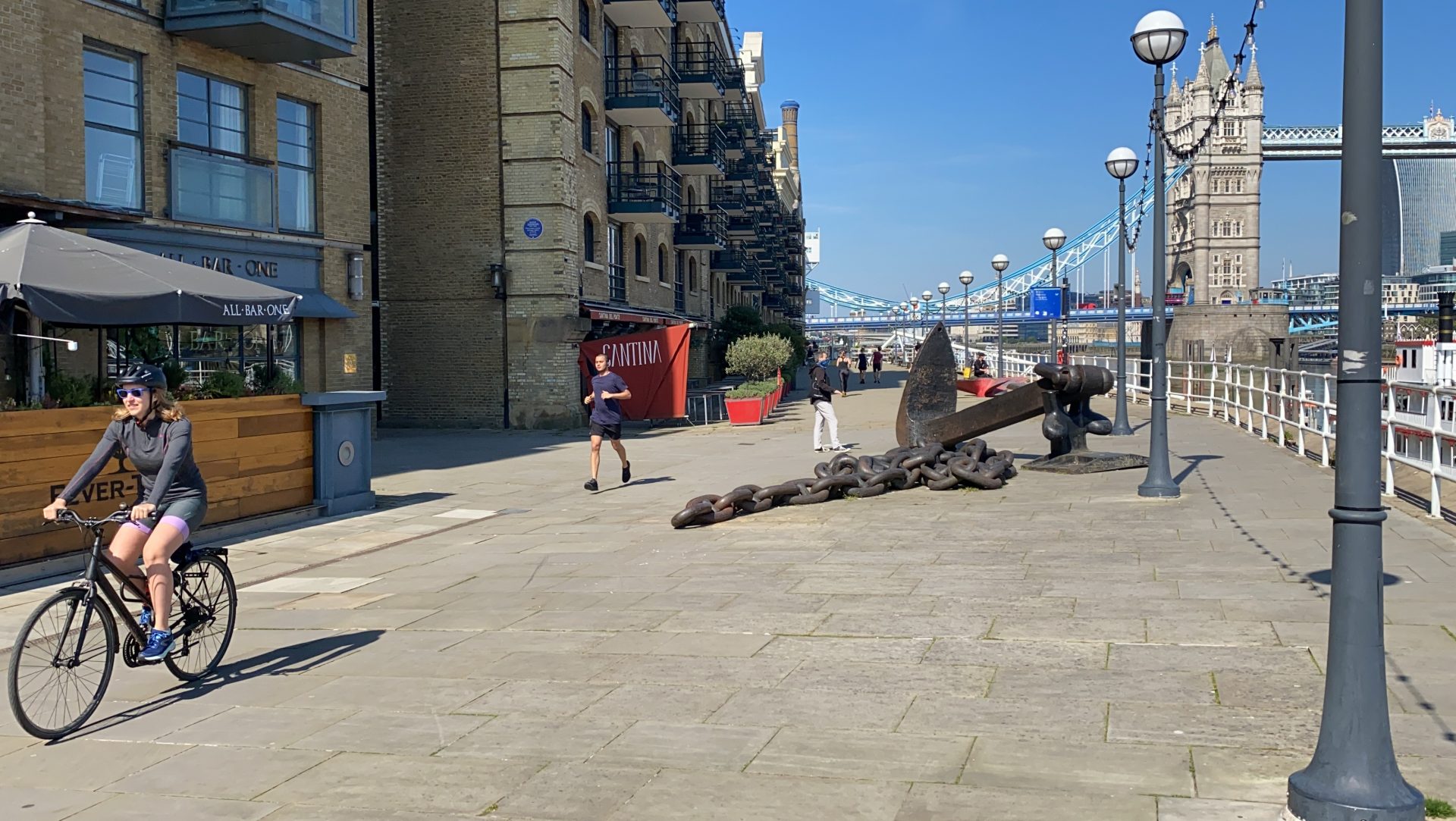At some point during the last five decades, somehow, motorways became the epicentre of hip counter culture. Iggy Pop’s the passenger, The Atrocity Exhibition, ‘fun, fun, fun on the Autobahn’: numerous crumbs of pop culture each further confirming your suspicion that motorways are more than just endless conveyor belts delivering us from one place to another. That they are, in fact, the nexus of your favourite transgressive feelings.
It’s these feelings; the erotic, the menace and the unalloyed joy of a motorised society which were dissected in three films at the BFI. Two shorts; Paul Morley’s the thing is … motorways (1992) and Harley Cokeliss’ adaptation of JG Ballard’s Crash (1970) were followed by the 1972 free love tribute to the freeway Reyner Banham Loves Los Angeles.
“Nothing dates faster than people’s fantasies about the future,” sneered art critic Robert Hughes in The Shock of the New (1980). Banham’s future, with its celebration of dispersed urbanism and chrome has dated badly, yet still has its acolytes. This once utopian vision comes now in two forms – either curdled into retro kitsch, or as dystopian terror in films such as Mad Max: Fury Road (2015): “You will ride eternal, shiny and chrome.” Neither of these current incarnations carry the optimistic torch of the original.
A million miles away from Cokeliss’ dark Californian dream, Banham’s perception of America has a child-like enthusiasm. Sitting in the back of a convertible with Ed Ruscha in front, Banham orders an ice-cream sundae at a drive through: living an Englishman’s invented American dream. Perhaps the distance, between his Englishness and Americana, amplified the intensity of Banham’s longing. American modernity was a place in which infrastructure was something to be marvelled at: the sublime monumental Golden Gate Bridge, rococo freeway interchanges, conquering nature with fearsome will. At the point Banham was filming, America was still in motion. The internal combustion engine was only part of that motion – it had a deeper source – the kinetic energy of Manifest Destiny, and the Edenic dreams of a nation of hopeful immigrants.
You could argue that since the 60s, the power of architectural spectacle that Banham marvelled at has gradually been eroded by technology. First by television and then video, and more recently by the infinite windows into other worlds that the internet offers. Many of those west coast dreamers who crusaded for colonising space in Banham’s time turned to creating online virtual spaces when their physical project failed.
Banham describes how ‘the freeways become a special way of being alive… the extreme concentration required in Los Angeles seems to bring on a state of heightened awareness that some locals find mystical’. In his film, Morley shares in Banham’s elevated vision of the freeway, describing it as a “dream state” and hints at “Motorway” as mythical force. As if their denatured landscape becomes supernatural.
But what was for Banham a high velocity architecture of liberation, became tinged with amphetamines and disillusion by the time we get to Morley’s film.
As Morely was experiencing the eighty mile an hour rush, the London Orbital was becoming the spiritual home to a generation. For a couple of long summers, the M25 became a serotonin soaked ring of infrastructure, an ephemeral capital of youth culture. While spatially facilitating sexual encounters, the circular motorway also held some of the deadening narrative traits of pornography: flatness, repetition, endless gazing. Voyeurism replacing visceral thrill. Although the rave culture bore some superficial similarity to West Coast hippiedom, tie-dye and peace signs, it has replaced utopian solutionism with nihilism. This motorway moment didn’t shake the doors of perception like Ballard’s ideas, it nurtured apathy. Motorways were a convenient way of getting to a field in Hampshire, not the manifestation of a thrilling sex infused reverie.
Ballard was the only one of the three men on film who talk explicitly about the sexual content of the subject matter. Morley and Banham hint at the transcendent that might be accessed via the motorway, but stop short. Ballard (being interviewed in the thing is … motorways) talks gently – That moon of a face, the gleaming tonsure, the lank side-fringing – ghost of a defrocked priest. He creates, uniquely among his literary generation, an autonomous hinterland, not connected to the centre in any obvious way. Which seems to have infused a whole way of thinking about infrastructure. He lucidly pints out the convergence of the erotic, the menace, the joy and the motorway. He speaks about “flyovers overlaying one another like copulating giants, immense legs straddling each other’s legs”. Ballard insists upon a set of convergences, of the kind we would rather suppress or ignore. And once we are made aware of the existence of these convergences it becomes very hard to un-see them, however much we might want to.
It will be hard to drive down the motorway ever again without drifting into thoughts of the high speed dreams of Banham, Ballard and Morley. But then again it’s important to remember: sometimes the shiny chrome thrusting into the motorway tunnel is just shiny chrome thrusting into the motorway tunnel.

 COMPETITION
|
COMPETITION
|
 COMPETITION
|
COMPETITION
|
 COMPETITION
|
COMPETITION
|
 COMPETITION
|
COMPETITION
|
 NEWS
|
NEWS
|
 NEWS
|
NEWS
|